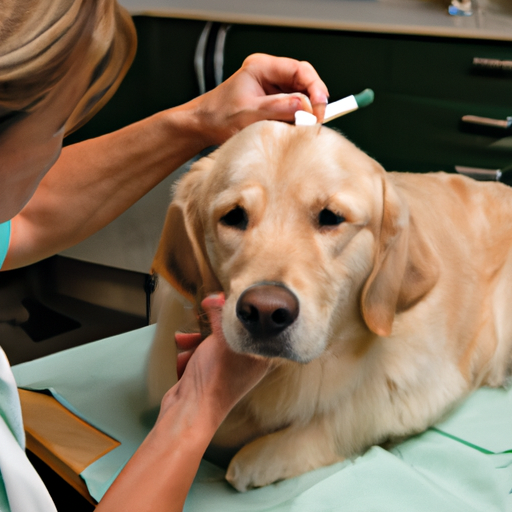“`markdown
How Do You Treat Hot Spots on Dogs?
As a caregiver, you’re always on the lookout for ways to provide the best care for your beloved canine companions. When it comes to dealing with hot spots on dogs, understanding the causes, symptoms, treatments, and prevention methods can help you ensure your dog’s health and comfort. In this comprehensive guide, we will unravel all you need to know about treating hot spots on dogs.
1. Understanding Hot Spots on Dogs
Hot spots, medically known as acute moist dermatitis, are red, moist, irritated patches that can appear suddenly and grow rapidly on a dog’s skin. They are a result of a bacterial infection that your dog instigates through excessive licking, biting, or scratching.
Common causes of hot spots include:
- Allergies
- Insect bites
- Poor grooming
- Overactive immune response
2. Recognizing the Symptoms
Early detection of hot spots is crucial for prompt and effective treatment. Watch out for the following signs:
- Red, irritated, or swollen skin
- Hair loss in the affected area
- Constant licking or chewing
- Pain or discomfort
3. Effective Treatment Methods
It is recommended to visit a veterinarian for professional advice. However, here are some steps you can follow to treat your dog’s hot spots at home:
-
Trim the Area: First, trim the hair around the hot spot. This will allow the area to dry out and make it easier to apply treatment.
-
Clean the Area: Use a mild antiseptic to clean the affected area. Avoid using anything that can sting or irritate the skin further.
-
Apply a Topical Treatment: Use a veterinarian-approved topical treatment to soothe the area and prevent further infection.
-
Prevent Further Damage: Prevent your dog from licking or scratching the hot spot by using an Elizabethan collar or similar device.
-
Monitor Progress: Keep an eye on the hot spot to ensure it is healing and not spreading.
4. Prevention Strategies
Preventing hot spots is just as important as treating them. Some effective prevention strategies include:
- Regular grooming to prevent matting
- Flea and tick prevention
- Avoidance of known allergens
- Regular exercise and a balanced diet
5. When to Seek Veterinary Care
If the hot spot continues to grow, doesn’t improve within a few days, or if your dog seems to be in considerable discomfort, then immediate veterinary care is necessary. An untreated hot spot can lead to a more severe infection or other complications.
| Signs to watch for | Action |
|---|---|
| Hot spot growing in size | Seek immediate veterinary care |
| No improvement within a few days | Consult your vet |
| Dog in considerable discomfort | Visit your vet immediately |
Frequently Asked Questions
Q1: Can hot spots spread on dogs?
A: Yes, if left untreated, hot spots can spread. They can also lead to more severe skin infections.
Q2: How long does it take for a hot spot to heal?
A: With proper treatment, hot spots should begin to improve within a few days and completely heal within one to two weeks.
Q3: Can I use human medication on my dog’s hot spot?
A: It’s not recommended to use human medication on dogs without veterinary approval. Some substances can be harmful or toxic to dogs.
Q4: Is it necessary to shave my dog’s hair around the hot spot?
A: Shaving the hair around the hot spot is beneficial as it allows the area to dry out and makes the application of treatment easier.
Understanding, treating, and preventing hot spots can help you ensure your dog’s comfort and well-being. Remember, when in doubt, always consult with a veterinary professional.
“`



